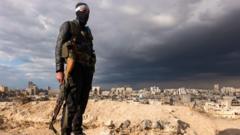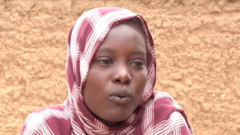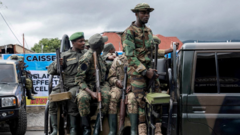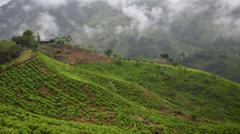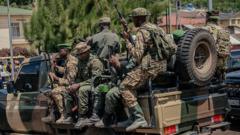Since Myanmar's military coup over four years ago, civilian resistance has surged, leading to thousands of prisoners of war being held by rebel groups. With 15,000 captives currently housed in makeshift camps, the treatment and management of these prisoners highlight the complexities within the ongoing civil war.
Exploring the Complex Landscape of POWs in Myanmar’s Ongoing Civil Conflict

Exploring the Complex Landscape of POWs in Myanmar’s Ongoing Civil Conflict
As armed resistance against Myanmar's military junta intensifies, thousands of detainees raise questions about the treatment and logistical challenges faced by rebel forces.
Since a military coup erupted in Myanmar over four years ago, tens of thousands of civilians have mobilized to resist, forming armed groups and creating new rebel factions. Following a string of victories from 2023 onward, these resistance forces have captured thousands of enemy combatants, including high-ranking officers and their families, many of whom were residing on military bases overtaken by the rebels.
Recent reports indicate that approximately 15,000 prisoners of war are currently held by opposition forces, according to People’s Goal, a non-profit organization that supports army defectors and monitors captured soldiers. This raises critical concerns about how the rebels manage and treat their captives given their limited resources and the sheer number of detainees.
Most rebel groups operate makeshift prison camps throughout the areas they control, where conditions vary greatly. Some camps accommodate dozens of prisoners, while others may hold hundreds. The logistical realities of housing, feeding, and guarding these prisoners are challenging for the insurgent forces. Reports suggest that many detainees are required to contribute to daily activities, including food cultivation and cooking, inside these camps.
As the conflict continues to unfold, how prisoners of war are treated remains a focal point of concern for international observers and human rights advocates, highlighting the broader implications of the ongoing civil war in Myanmar.

